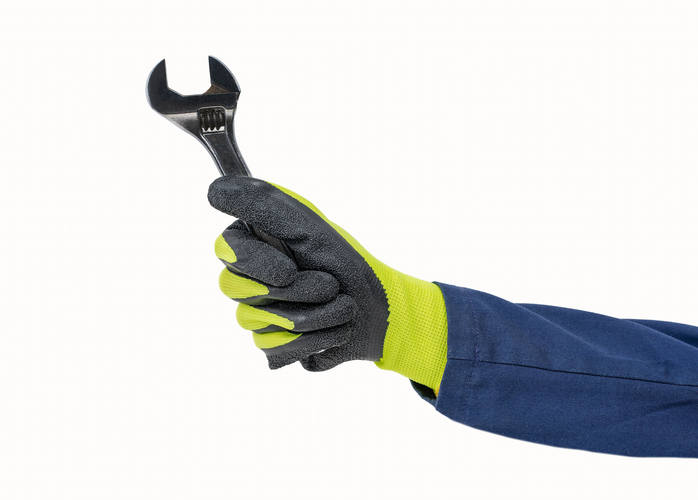- Home
- How to
- How to
- Services
- Services
- Maintenance Plan
- Location
- Guides
- Guides
- No Hot Water – Self help
- Unvented Water Heater
- Unvented Water Heater Faults
- G3 Building Regulations
- Thermal Store Water Heaters
- Thermal Store Faults
- Gledhill ElectraMate
- Gledhill PulsaCoil
- Gledhill Torrent
- Gledhill Stainless Lite
- OSO Unvented Heater
- MegaFlo – Heatrae Sadia
- Santon Premier Plus
- Albion
- Manco Riverstream and Powerstream
- Manco Gladiator & Stirling
- Telford Tempest
- Safety Considerations Unvented Cylinders
- Reduce Your Water Heating Bill
- Range Tribune
- About Us
- About us
- Forum
- Contact

-
Call Now
Specialists in Electric Hot Water Cylinders
Common Faults in Range Tribune Systems That Cause No Hot Water (and How to Prevent Them)
When your Range Tribune unvented cylinder works correctly, you barely think about it. You turn on the tap, the hot water flows, and life carries on. However, what happens when there’s no hot water? You notice instantly.
While having no hot water might feel like something sudden, the truth is that most cylinders fail over time. By knowing the common problems with Range Tribune unvented cylinders, you can spot the signs early, keep repair costs down, and keep your hot water on.
1. Faulty Blending (Mixing) Valve
Your Range Tribune cylinder uses a blending valve to mix hot water from the cylinder with cold water from the mains to deliver a safe temperature to your taps.
If the valve fails or gets clogged with limescale, you might end up with lukewarm water or no hot water at all. In hard water areas, scale is the main culprit. It narrows flow pathways and stops the valve from operating correctly.
Prevention tip: Have your blending valve checked and descaled during your annual service. Installing a scale reducer will also help.
2. Blocked Filters
Range Tribune systems often have fine filters in the combination valve or other inline components. These catch debris and protect the cylinder from damage, but over time, they can clog, slowing the cold water supply that feeds into the cylinder.
A blocked filter means your system works harder to refill and reheat water, and you’ll have weak or non-existent hot water flow.
Prevention tip: Make filter cleaning part of your service schedule. In areas with older pipework or sediment in the mains, you may need more frequent checks.
3. Expansion Vessel Issues
The expansion vessel absorbs the natural increase in water volume as it heats. If it loses its air charge or the internal membrane fails, pressure can build up excessively in the cylinder.
That can cause water to discharge through the tundish, leaving you with a partially full cylinder and limited hot water.
Prevention tip: During servicing, your engineer should check the expansion vessel’s pressure and recharge it if necessary. Replacing a faulty vessel fast will protect the rest of the system.
4. Faulty Heating Elements or Thermostats
Failed immersion heaters and faulty thermostats are pretty common reasons for having no hot water with direct or electric-only Range Tribune models.
Prevention tip: Have your immersion heaters tested for continuity and insulation resistance during annual maintenance. Replacing a failing thermostat before it stops completely can save you from an inconvenient breakdown.
5. Pressure or Temperature Relief Valve Problems
If these safety valves are letting water escape when they shouldn’t, you can lose hot water faster than it’s replaced.
Prevention tip: A steady drip from the tundish is a red flag. Don’t ignore it. Call a G3-qualified engineer to investigate before it turns into a bigger fault.
Keeping Your Range Tribune Reliable
Most “no hot water” problems are avoidable with regular maintenance. A yearly service with EasyFlow will catch scale build-up, failing components, and pressure issues before they cut off your supply.
The small cost of a service now saves you the much bigger cost (and inconvenience) of an emergency call-out later. Plus, keeping your system in top condition means it runs more efficiently, so you’ll save on energy bills, too.
Iain, Nantwich
13 October 2025
Annual Service
Excellent service as always.. Highly recommendable.
Peter , Nantwich
16 September 2025
Annual Service
Very pleased with all aspects of the work completed by your knowledgeable staff.
Barry, Royton
13 June 2025
Replacement Valves
Tom, Manchester
20 May 2025
Replacement Valves
Raymond, Lancashire
1 May 2025
Annual Service
Vickie, Didsbury
10 April 2025
Annual Service
Raymond, Reddish
17 March 2025
No Hot Water
Brenda , Liverpool
12 February 2025
Installation
Gianfranco, Uk
18 February 2025
Annual Service
As always the serrvice was done efficiently and the surrounding area left clean and tidy.
Anne, Manchester
30 January 2025
Annual Service

© 2025 EasyFlow Water Limited. All rights reserved








Find out what our clients are saying about the services we provide
Click to view